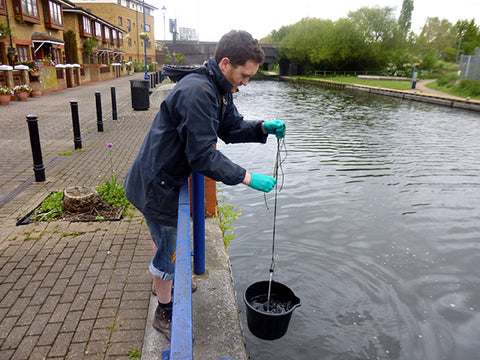May 24th we’ll be screening the documentary ‘Blue Heart’ in-store. The documentary, presented by Patagonia, is part of the ongoing campaign to protect the last free flowing rivers in Europe. If you want a much more detailed account, you should check out Patagonia’s latest blog post ‘The Dam Truth’ but the devastation of dams is well documented across multiple sites. Signing the petition stands with them, as well as the endangered species that cannot stand up for themselves. Ultimately, it puts immense pressure on banks and investors and stops them from commissioning the construction of more dams.
There are already over 6000 dams in Europe; Save the Blue Heart just wants to prevent a further 1500 dams being built on exhausted landscapes. Many reservoirs become unsafe for drinking water through contamination and the landscape around them, the capillaries of the earth, are left with nothing to feed it. Nothing to carry. In the UK alone, there are over 400 dams built and hydro-power has always been sold to us as a clean, renewable form of energy. The reality is the destruction of habitat and environment, as well as the displacement of people, have always been conveniently left out.
We stand behind the campaign because of the cause, and because of the dedication of those on the front lines and those bringing attention to it. It’s important to have a constant assessment of what’s good for us and the land we live on- it’s important to debate. In the search for alternatives there will always be good and bad; but dams aren’t anything new and have become rapidly popular since the 18th century. The issue is that they’ve been sold as clean energy when they’re far from it.
We hope the screening will enlighten us to people’s struggles, as well as inform us on the situation. Is there an alternative? If you take away one form of energy, surely there should be another? A quick search will show that both wind and solar power set-ups create more jobs, are less destructive to the environment and produce much less carbon contributing to climate change. Personally, I’d go with what’s better for the economy and for the air I have to breathe.
Check out the trailer below and if we don’t see you in-store then be sure to grab a copy of the documentary on itunes in August. There’s a link if you want to see what’s what’s happening: here.
Adios,
Adam


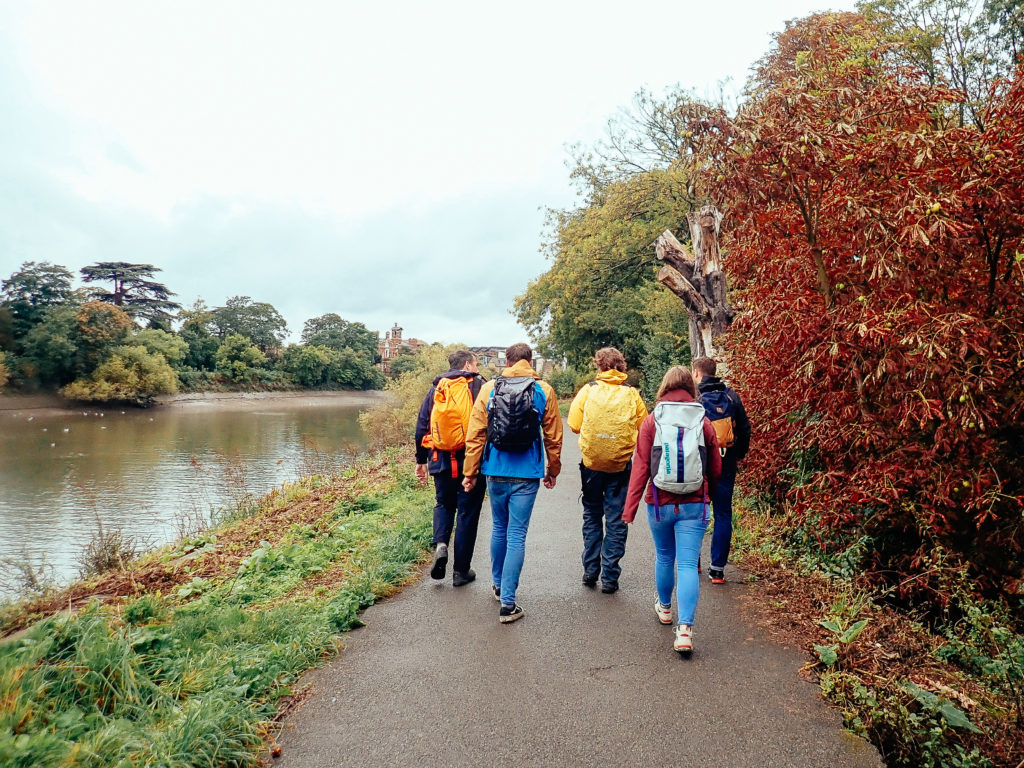
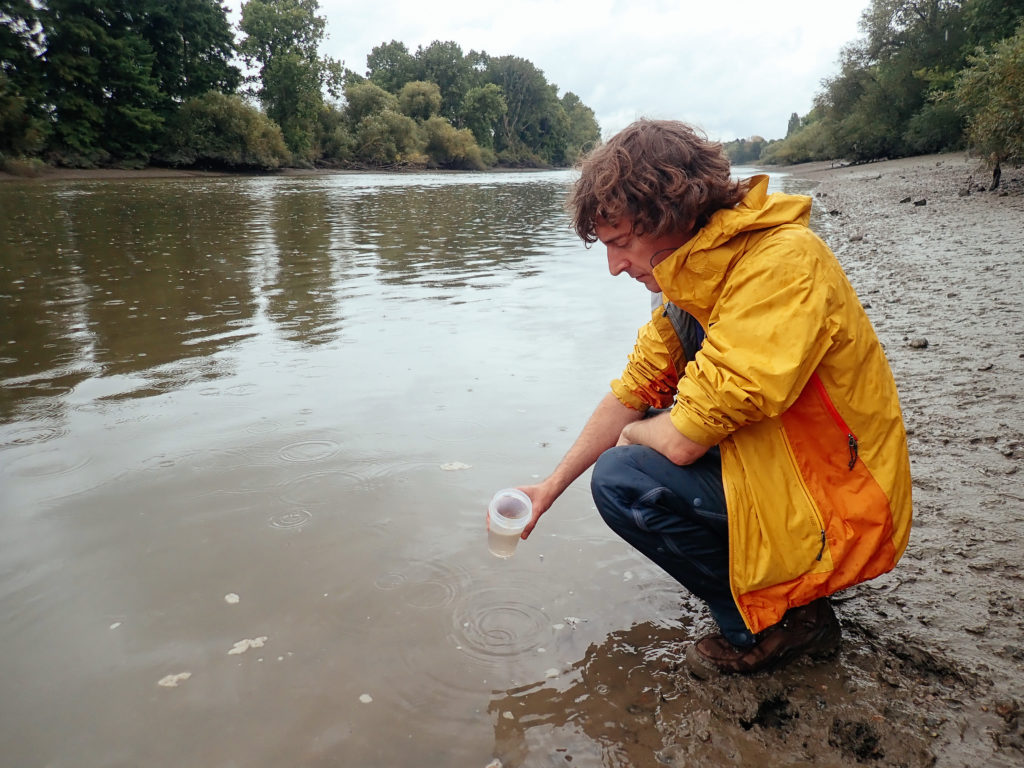
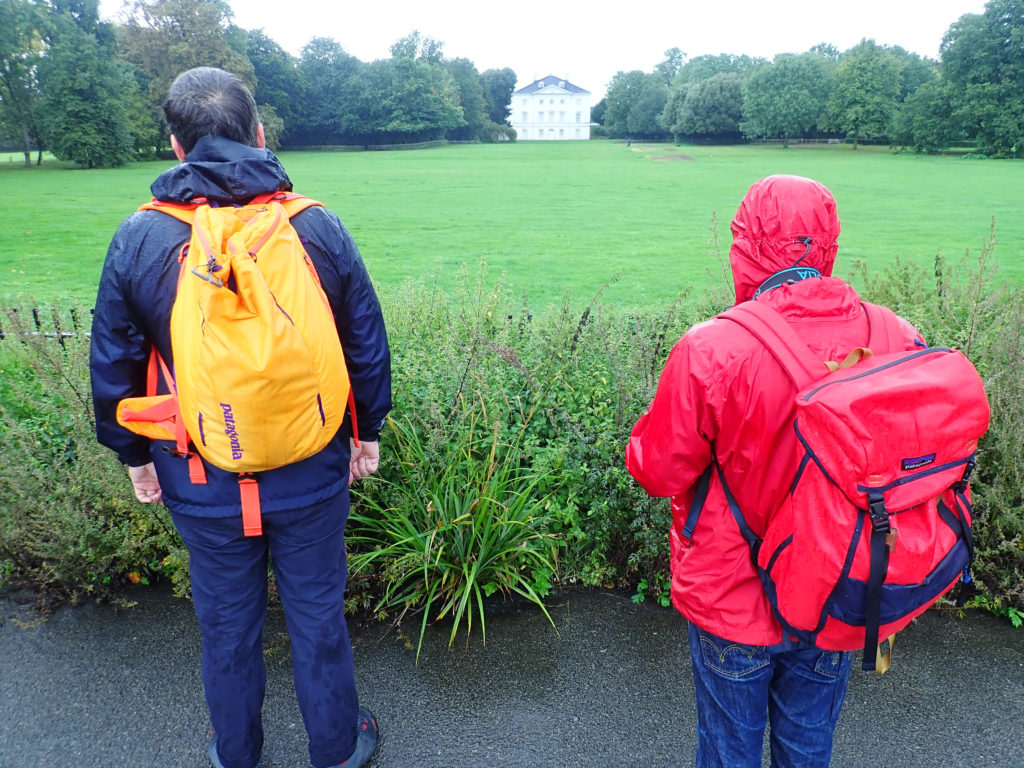
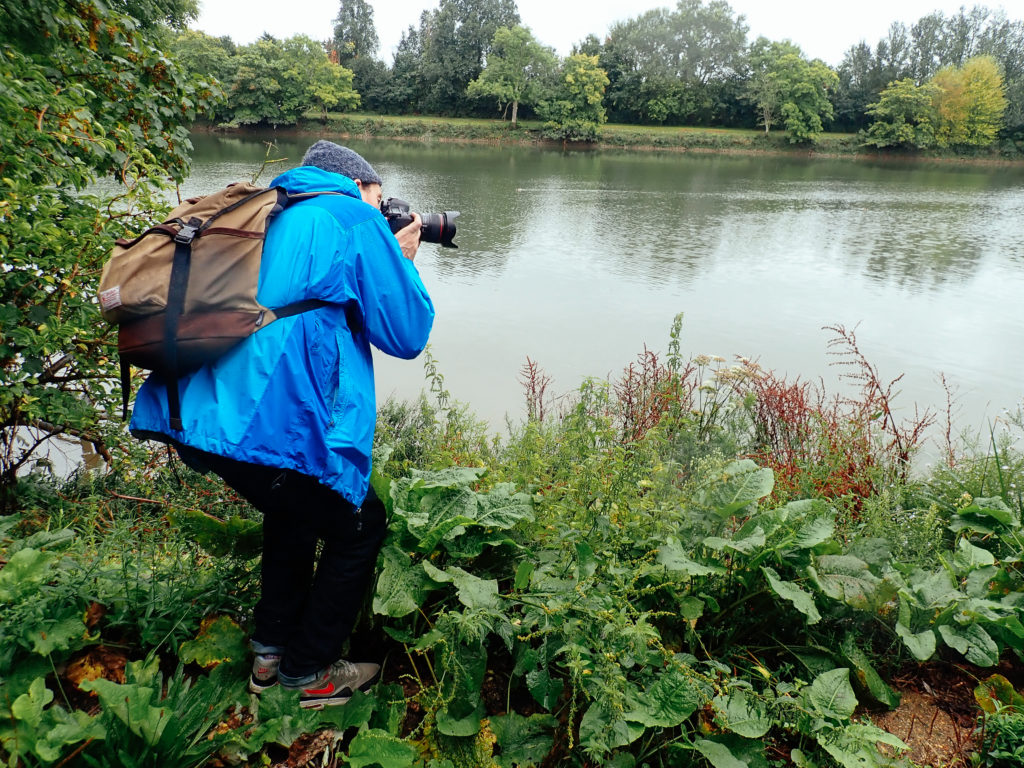
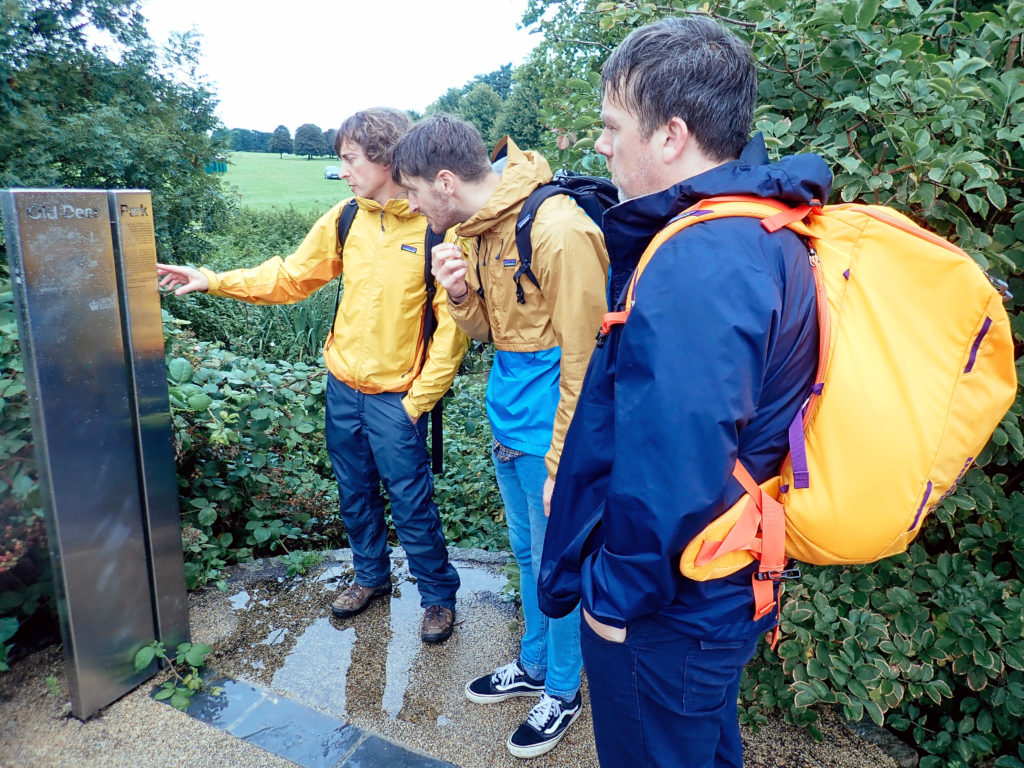
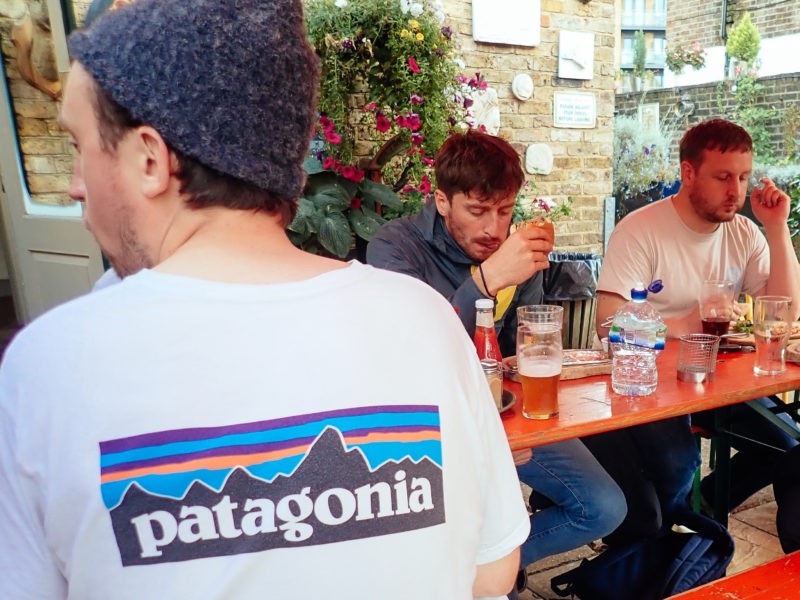

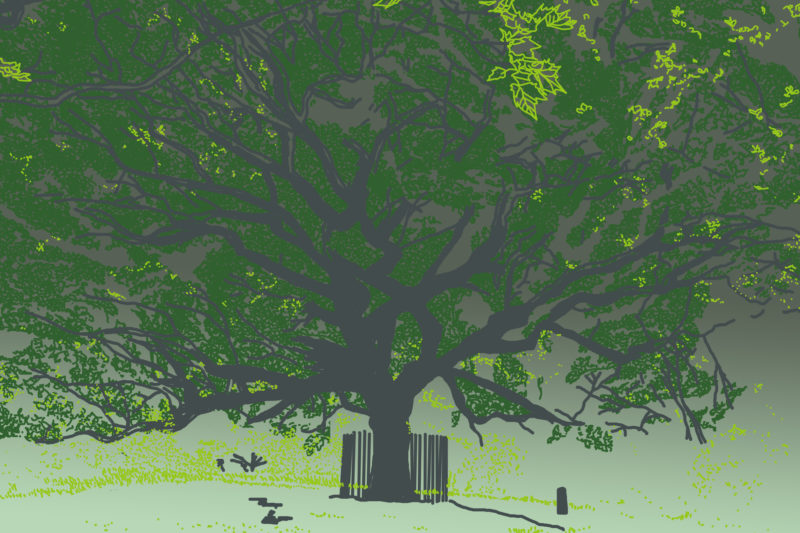
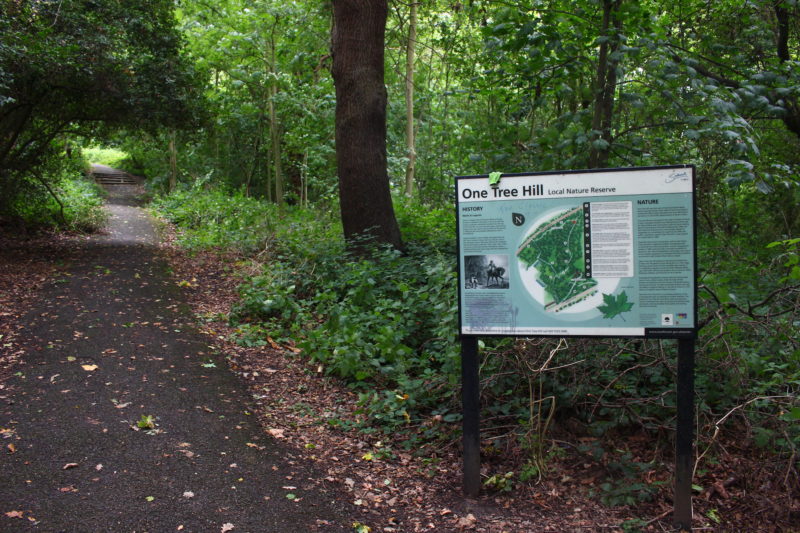
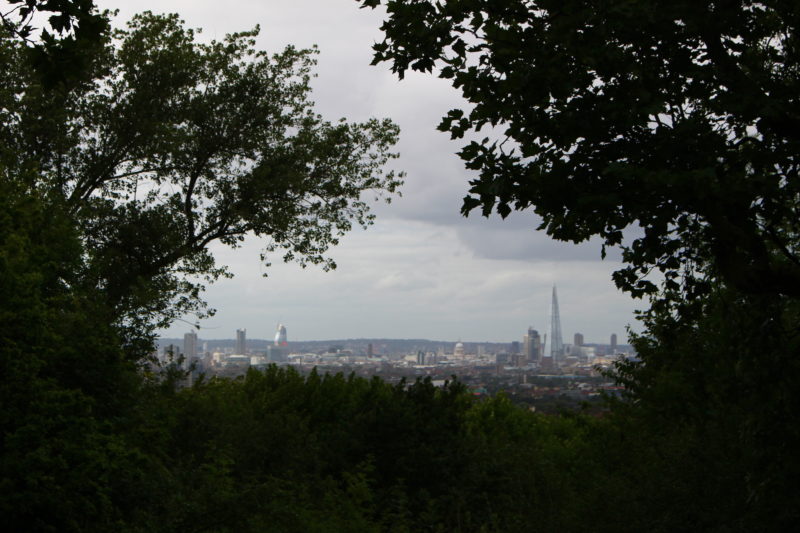
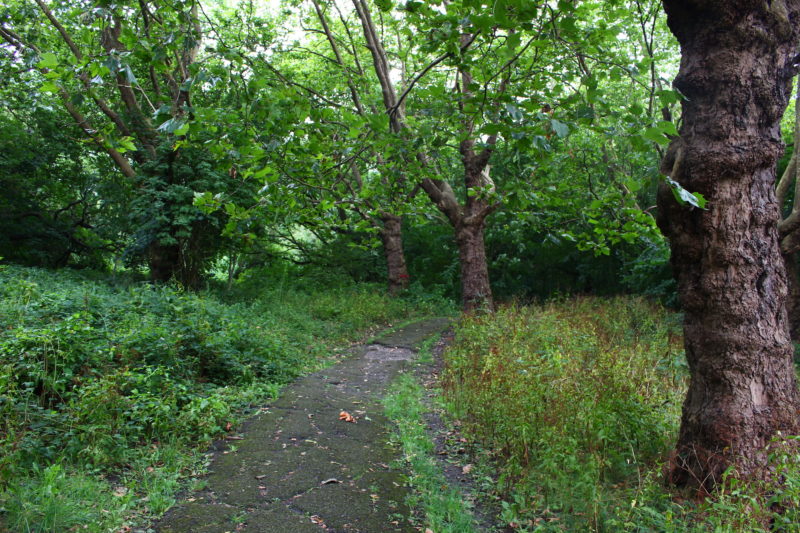
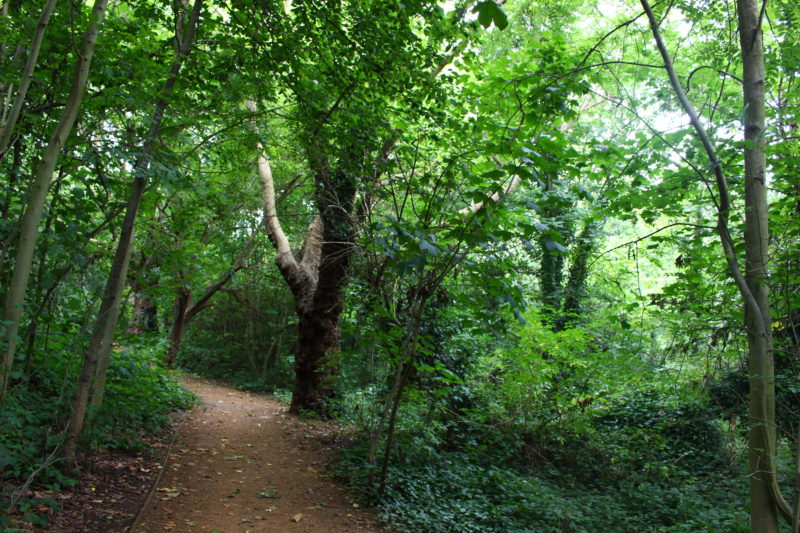
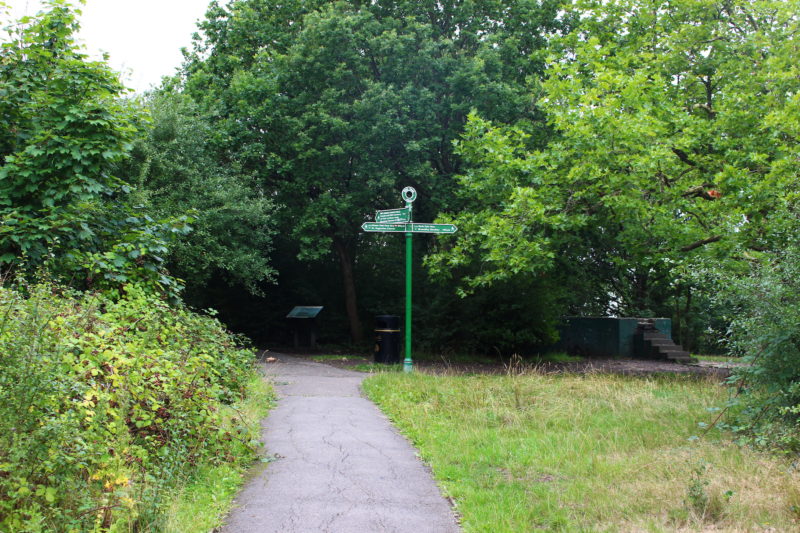
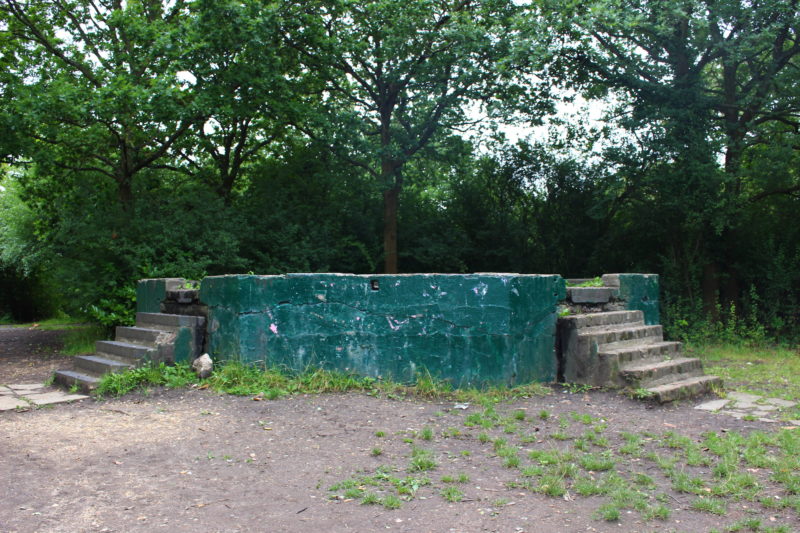
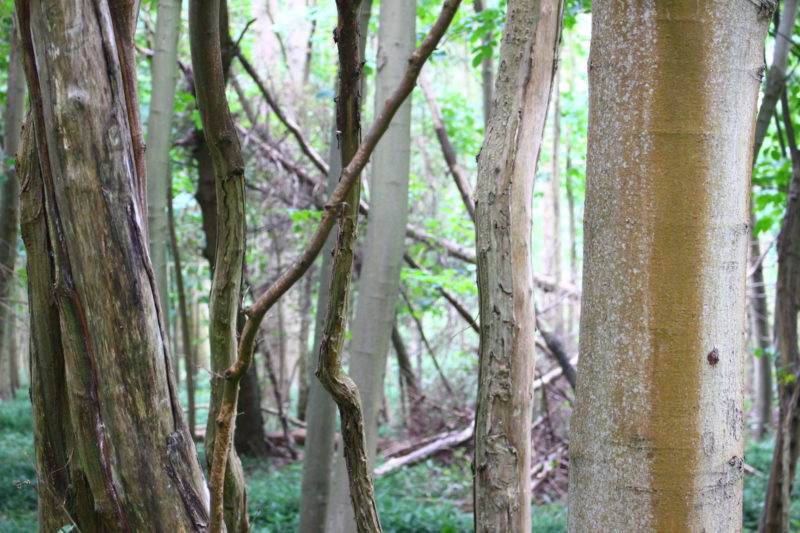
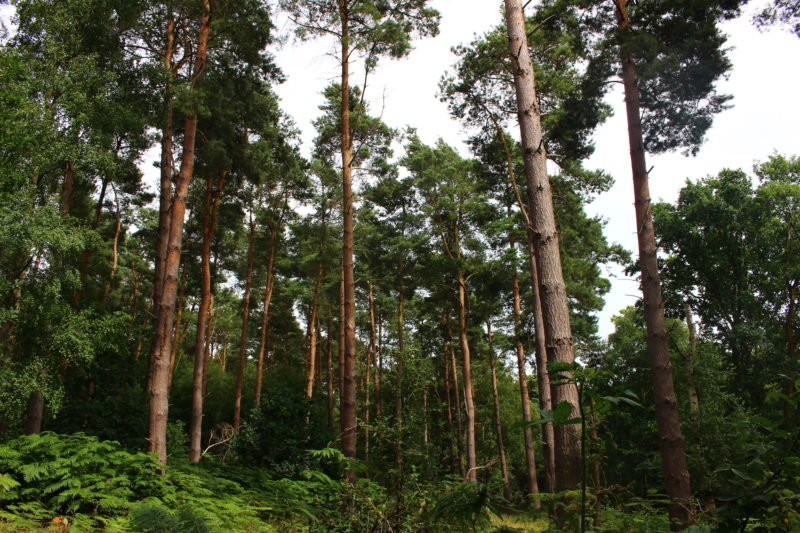
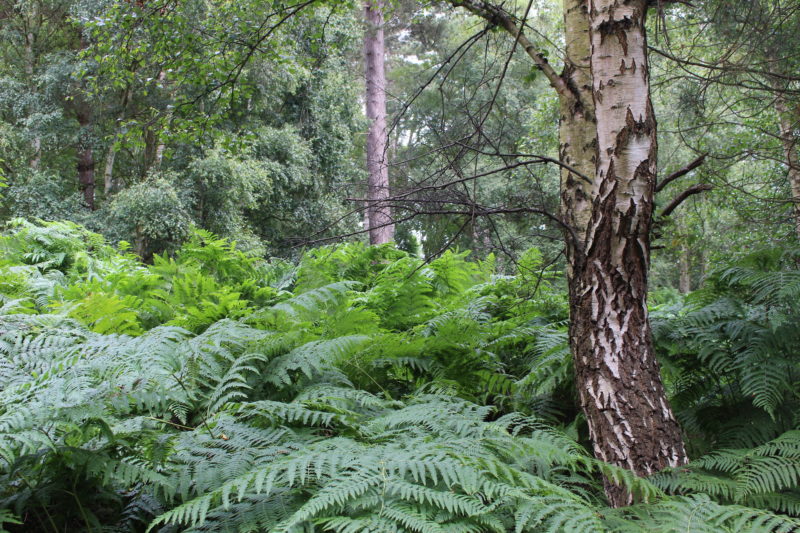
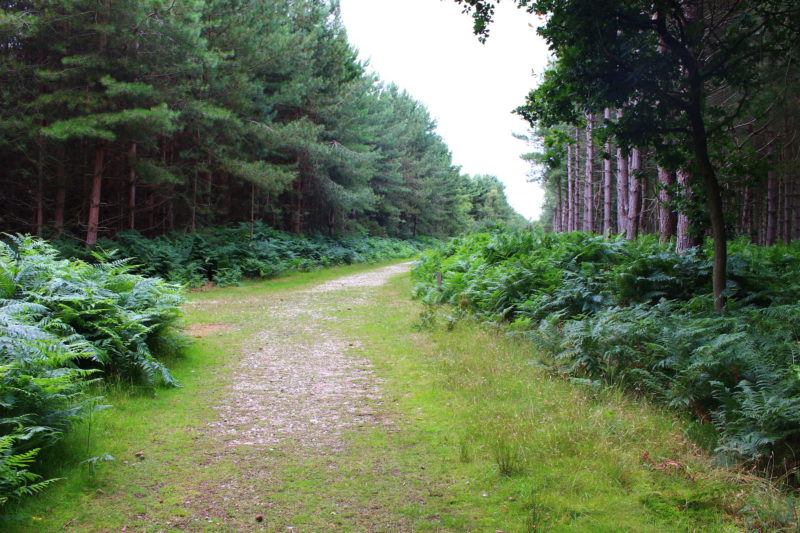
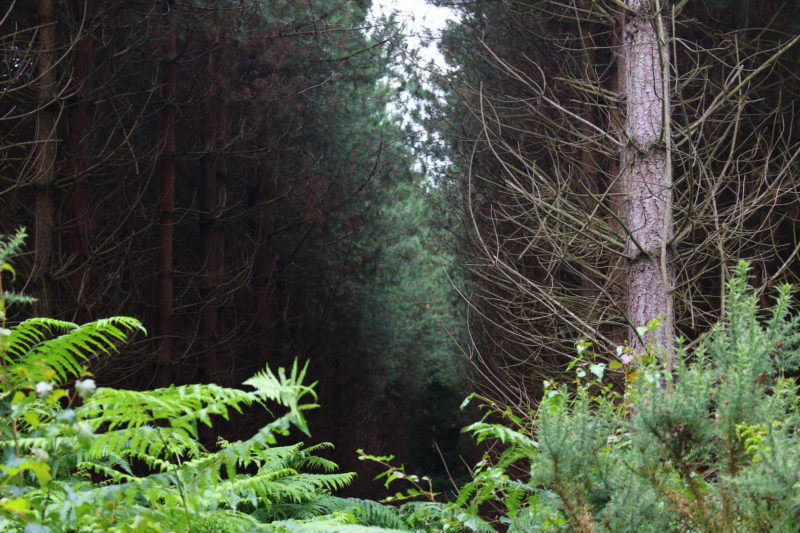
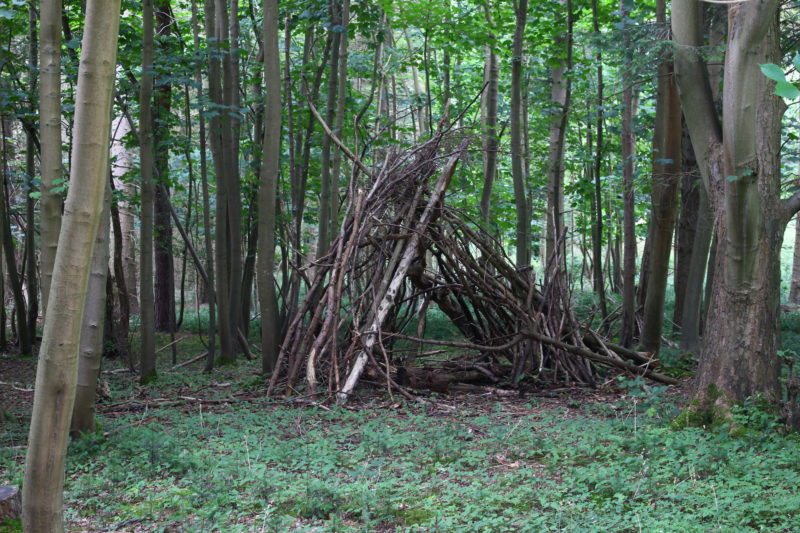
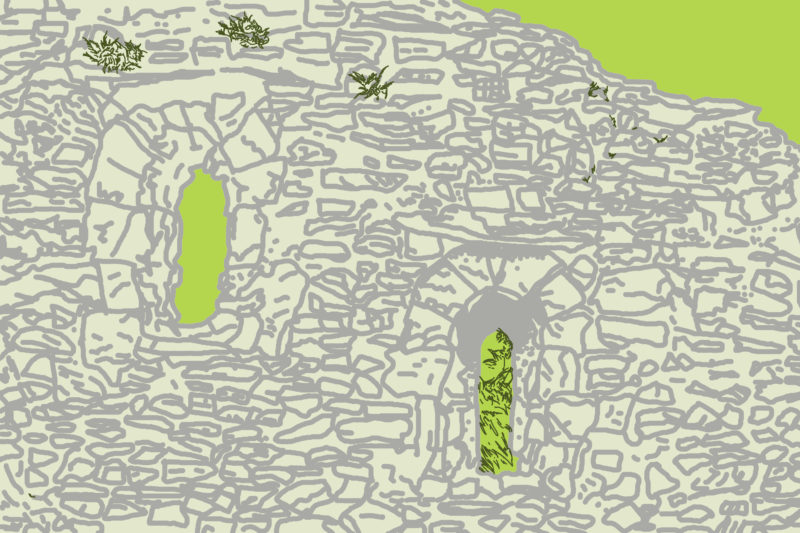
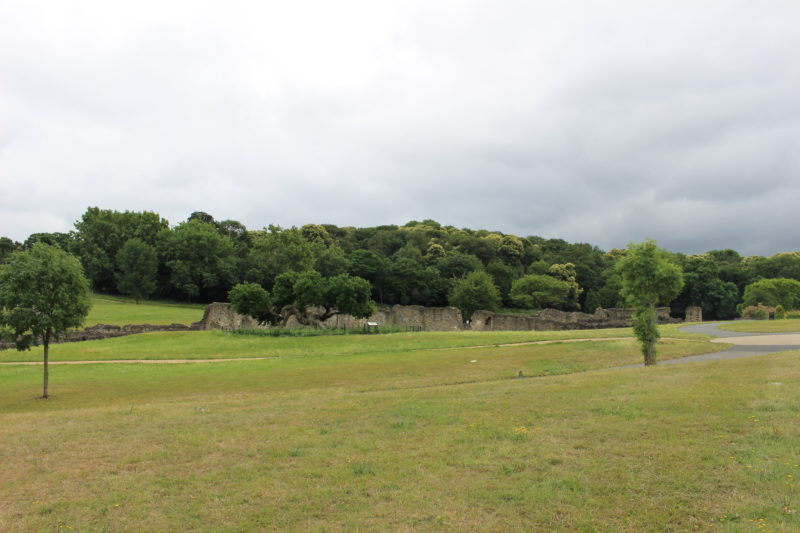
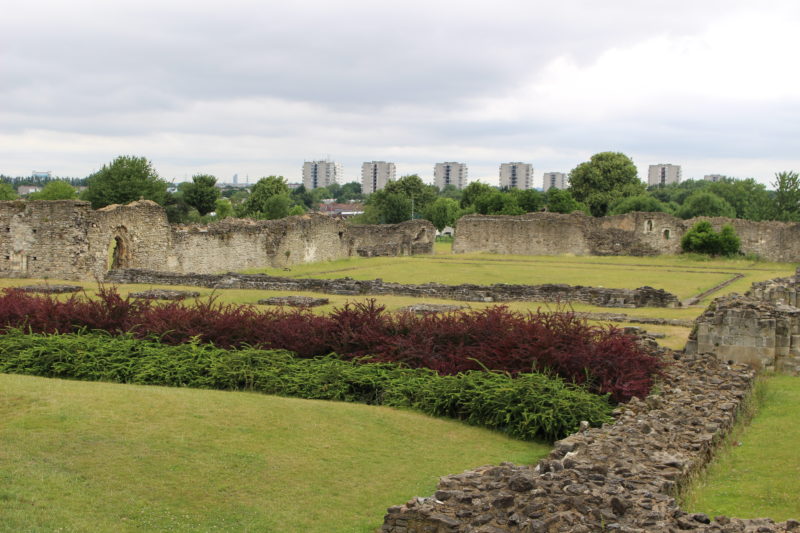
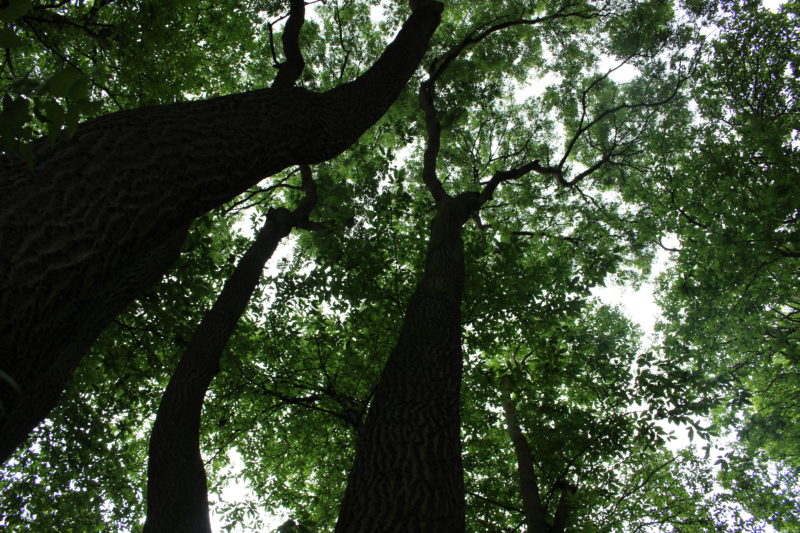
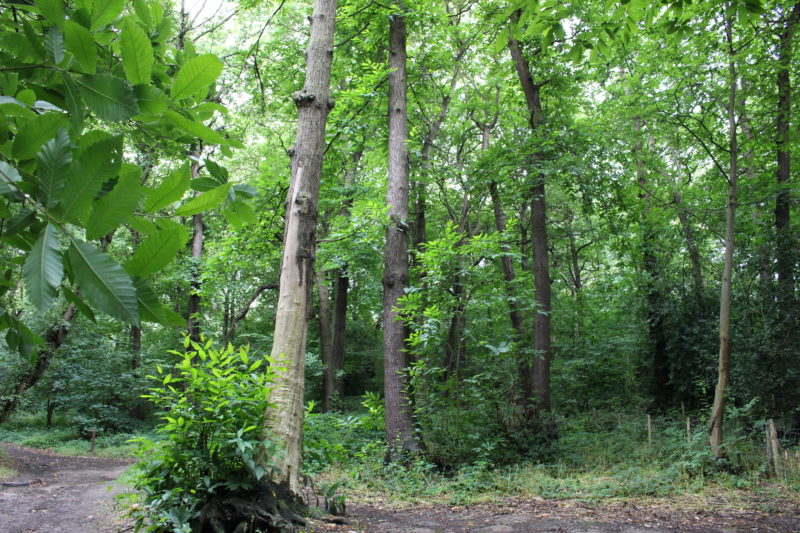
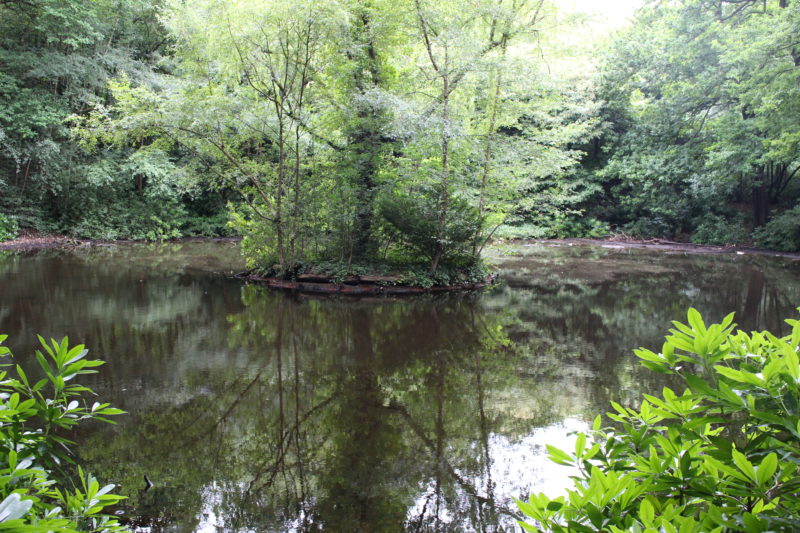
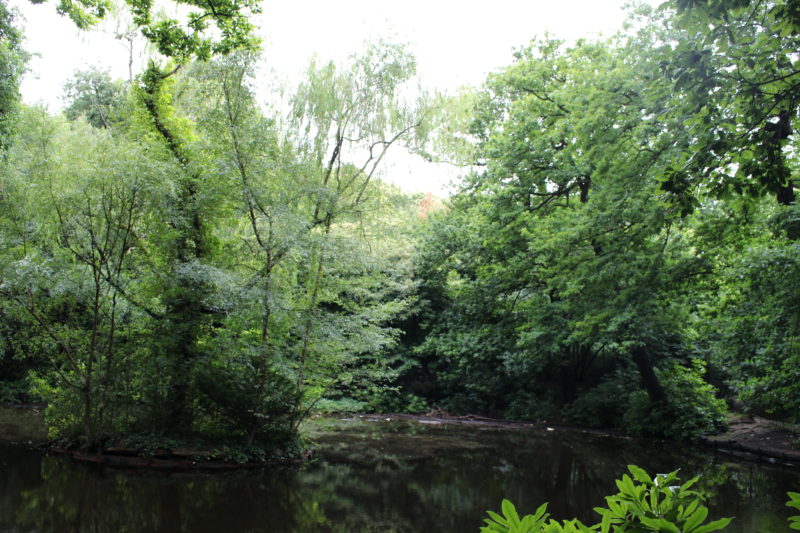
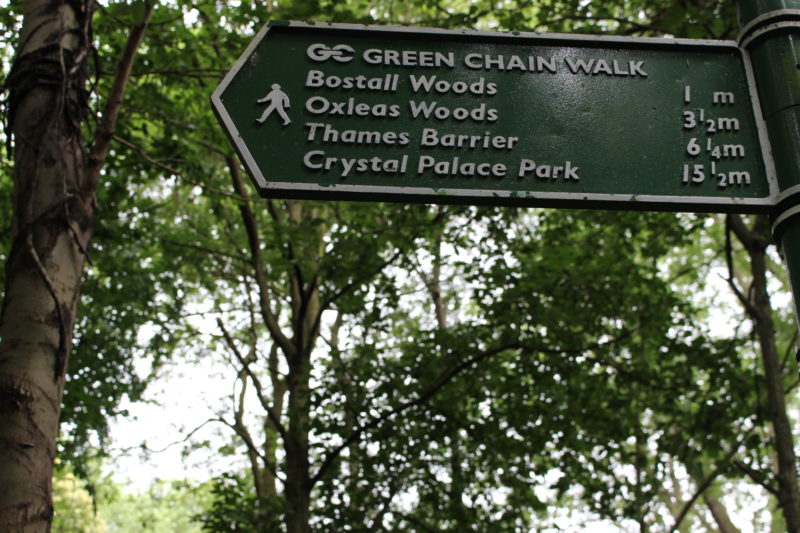
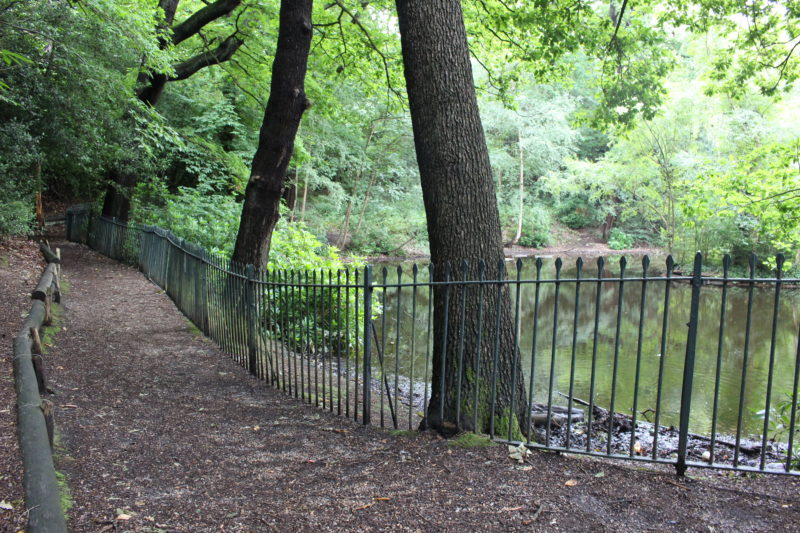
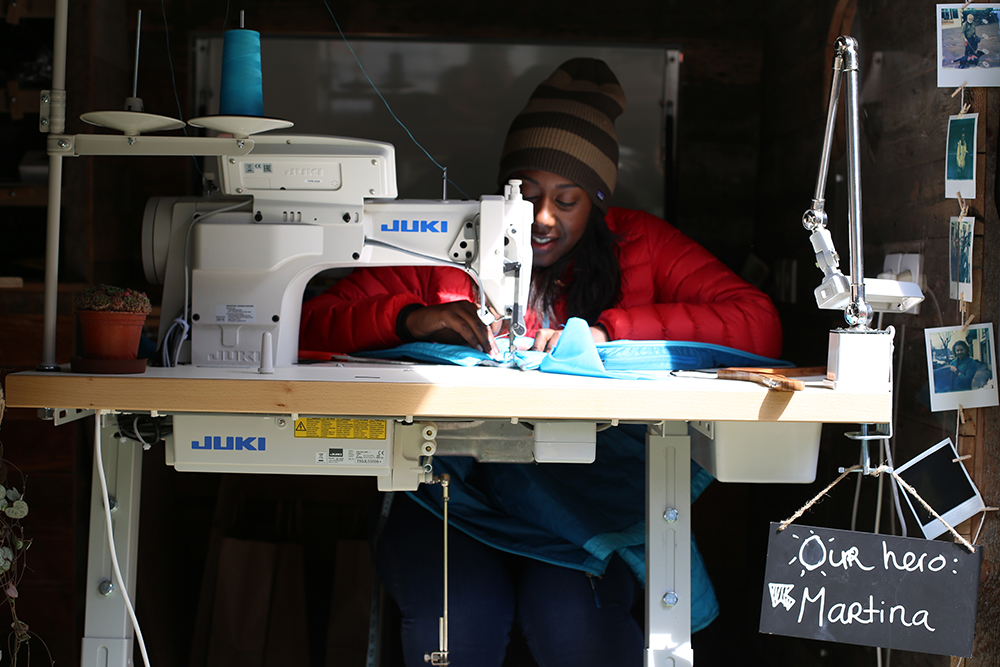

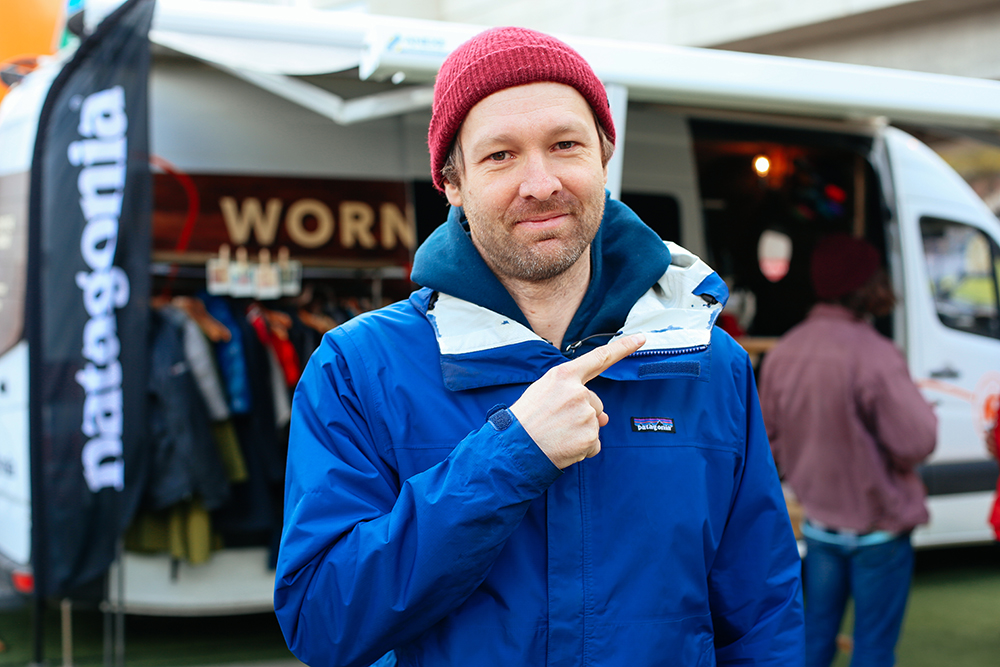
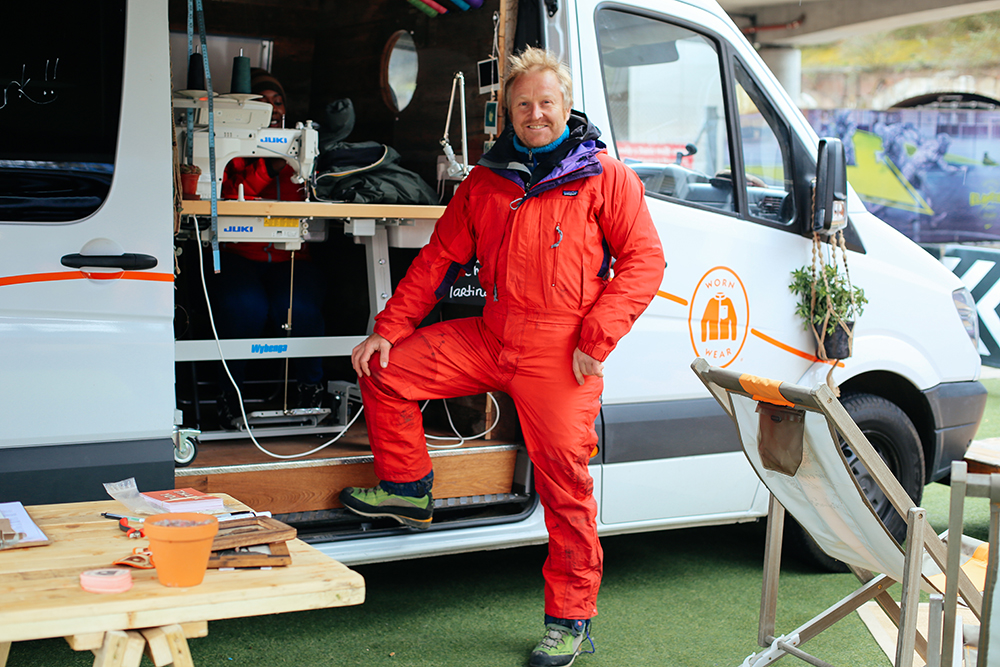
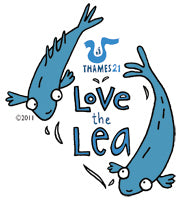 Sadly the River Lea and its tributaries are the most polluted in Britain – sewage, chemicals and oil wash into them every day. This is an issue close to our hearts, so when we heard that
Sadly the River Lea and its tributaries are the most polluted in Britain – sewage, chemicals and oil wash into them every day. This is an issue close to our hearts, so when we heard that 